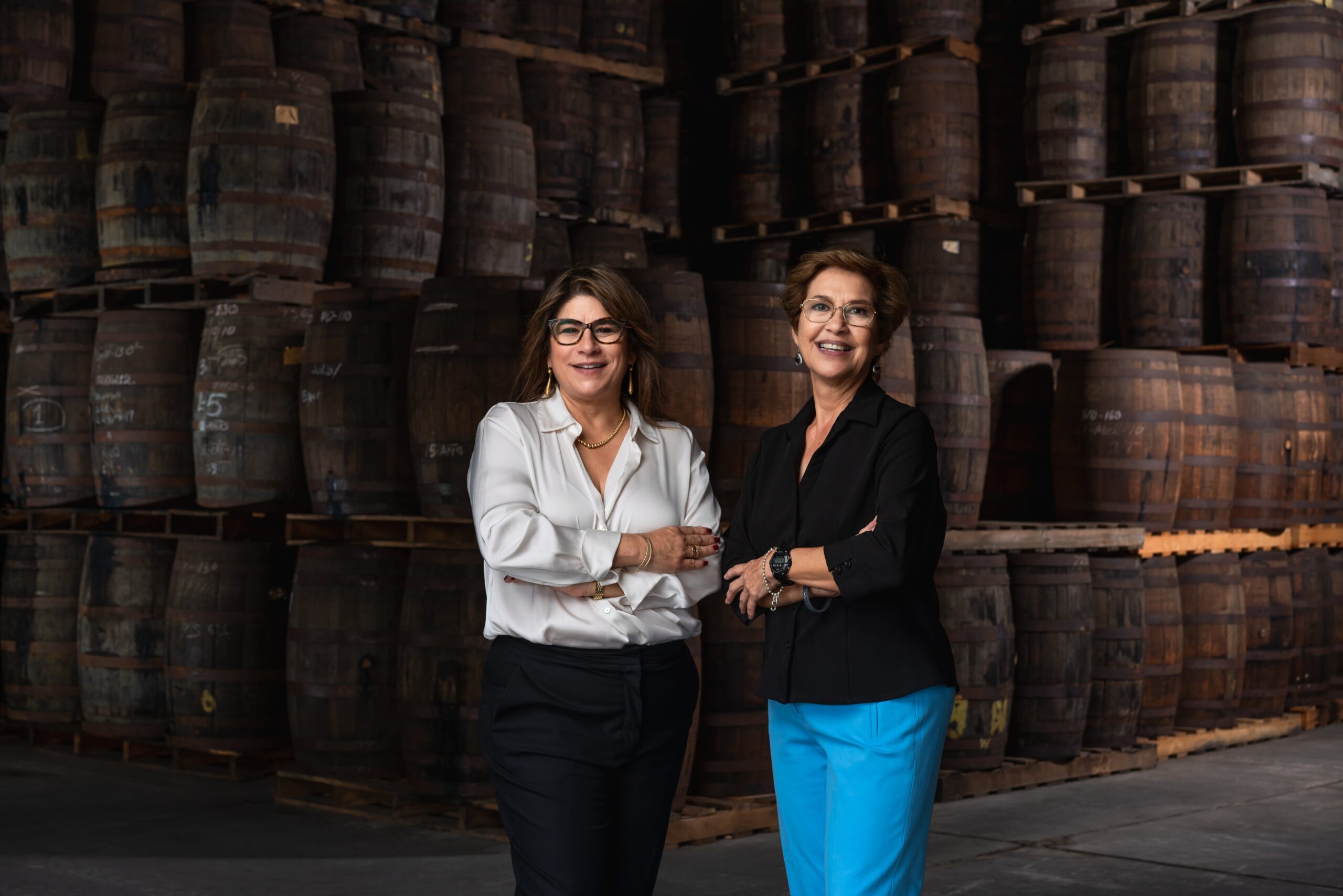You’re all familiar with Rose the Riveter. She became an international symbol of the progression of women in the workforce during WWII in America. The image of Rosie was based on Mary Doyle Keefe, a telephone operator in real life who Normal Rockwell beefed up and drew a bandanna on for his iconic image in 1943. Mary actually just passed away at the age of 92 back in April.
Because of the millions of men who had gone off to war, someone needed to carry on the manufacturing work in America so Rosie became a symbol of the women who rose up to go to work every morning despite the social restrictions placed on women in many respects during that time.
But now that it’s 2015, women are dominating various jobs in the manufacturing industry, right? Wrong! Today, only 13% of the workforce in the American transit manufacturing industry is female, according to new research by University Southern California Program for Environmental and Regional Equity (USC PERE), 87% of the workforce in the American transit manufacturing industry is male.
So to try and change that statistic and give the manufacturing industry a much-needed makeover (if women only see this as a man’s industry the needle will never be moved) Jobs to Move America decided to launch a campaign called Women Can Build and showcased a series of women around the country who work in this industry in a powerful photo series called ‘Re-Envisioning Rosie’.
“The iconic image of Rosie the Riveter was born, a strong capable woman, able to swing a hammer just like a man. Rosie the Riveter, and the countless women who came after her, show that women are capable of anything they set their minds to. The Women Can Build campaign aims to bring awareness to the hardworking and capable women who are building America’s 21st century transportation,” says the campaign website.
“Women Can Build says it all: the powerful, beautiful women working in these factories can do anything they set their minds to,” said Madeline Janis, Director of the Jobs to Move America coalition.
“We hope to inspire more young girls to work in heavy manufacturing, and to encourage the major employers in transit equipment manufacturing to provide more good jobs and equal opportunity to women in these factories.”
The contemporary “Rosies” in the show work for global transit equipment manufacturing companies in their U.S factories, including Siemens, New Flyer Industries, Nippon Sharyo, Kinkisharyo, and others. These photographs were taken by Pulitzer Prize-winning photographer Deanna Fitzmaurice.
“I hope to bring attention to the gender inequality in this sector to start a dialogue, which will lead to increased opportunity for women,” said Deanne about the images.
The badass women in these images are welders, electricians, and more. Hilda Solis, who was the US Secretary of Labor from 2009-2013 (also the first Latina member of the Cabinet) is now a member of the Los Angeles County Board of Supervisors.
She said the photo series shows how much women are the backbone of American society, despite the unfortunate stereotypes that they still have to battle against in the 21st century.
“It is incumbent on all of us to encourage young women to re-think about transit manufacturing and dispel any misrepresentation and stereotypes that are associated with the profession itself and the very women who are part of it,” she said.
Ami Rasmussen is an interior assembly foreman at the Kinkisharyo railcar factory in Palmdale, CA, and is alos a single mom to two teenage girls. When asked why there is such a lack of women in certain manufacturing jobs, Ami says the idea of heavy lifting can put women off but encourages women to go for it anyway as they may be surprised about their own strength.
Most importantly, she wants to be an example of what women are capable of in this industry.
“I participated in the ‘Women Can Build’ project because I want to inspire others. Above all, I want to prove to my girls that they can do anything they put their minds to and commit to. I want to lead by example, to them and to other women, to show that anything is possible! A lot of people just talk. I want to lead by example.”
Dr. Beverly Scott is one of the few African-American women who hold a top job in the transportation industry.
She says the photo series is a symbol of power and offers a source of support and solidarity to women who are working in male-dominated industries. One of her suggestions to changing the perception and status quo is to get girls interested in STEM careers early, which is definitely a movement we are seeing across America today in schools.
For Dr. Scott, giving up fighting for equality is not an option.
“I think that the glass ceiling does still exist for women in transit and other male-dominated industries. While the ‘Old Boys’ Club’ mentality isn’t as present as it was when I first started, I think its legacy lingers. Women as a whole need to continue pushing and challenging the norm, until we have access to the same career paths available to men,” she said.
The photographs and stories of each woman are part of an exhibition being displayed at Los Angeles’ Union Station until June 19, 2015. Alongside the stories of the modern “Rosies” are some very interesting historical Rosies who were an integral part of America’s Manufacturing and STEM industries since the war.
Numbers and statistics alone cannot change the status quo, it comes from organic representation and girls having strong, positive role models in their line of sight from a young age.
Young girls are constantly bombarded and overwhelmed with images of celebrities everywhere they look: on social media, in magazines, on TV and in film. If we ever hope to raise a generation of young women who don’t have to suffer gender stereotypes, it is important to present powerful images like this and show them what is possible.
The real Rosie the Riveter model may have passed away, but it is her legacy and symbol of strength and progression that will live on for American women.
























One thought on “Powerful Photo Series “Re-Envisioning Rosie” Capturing The Women Who Build America”